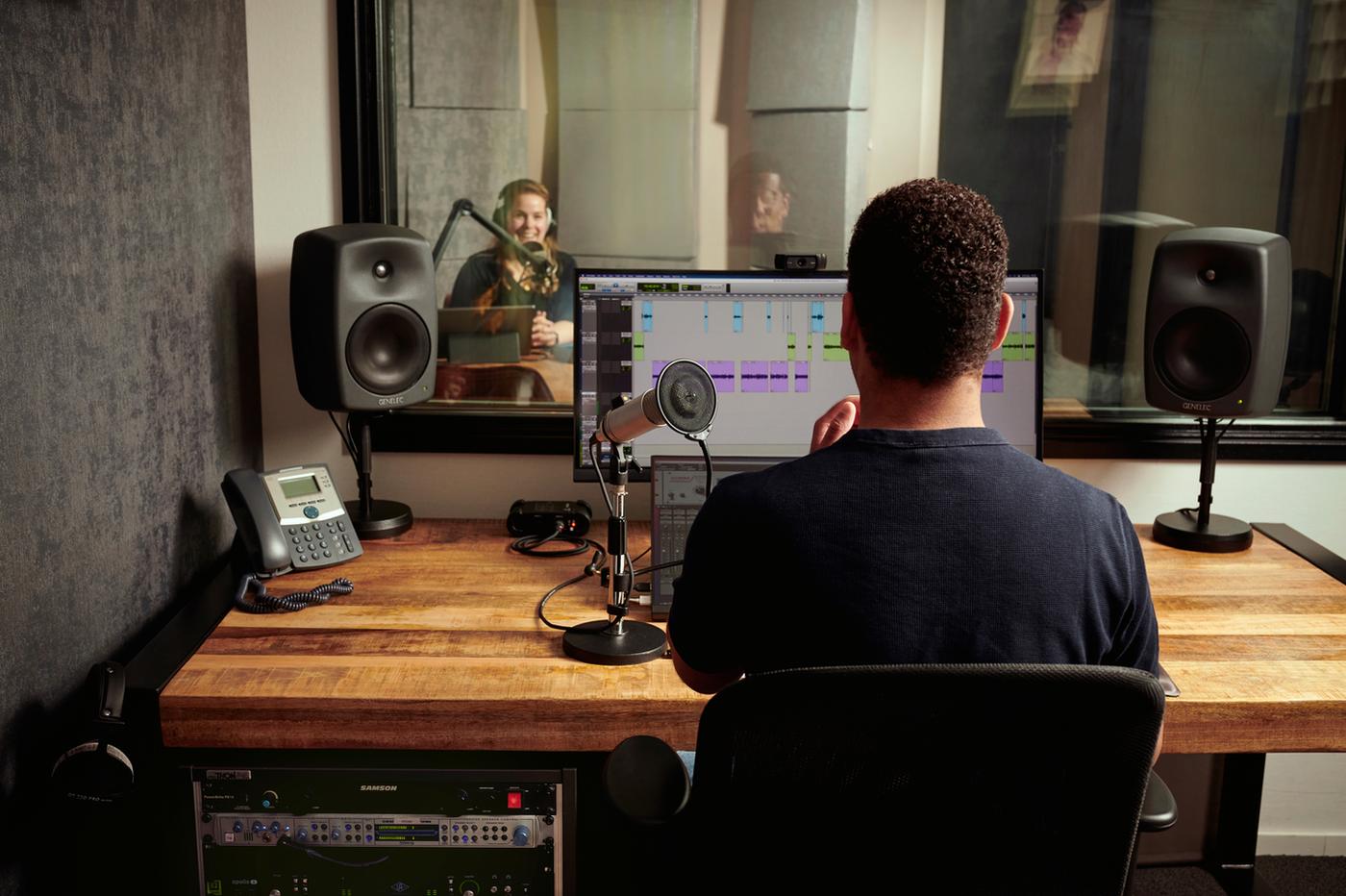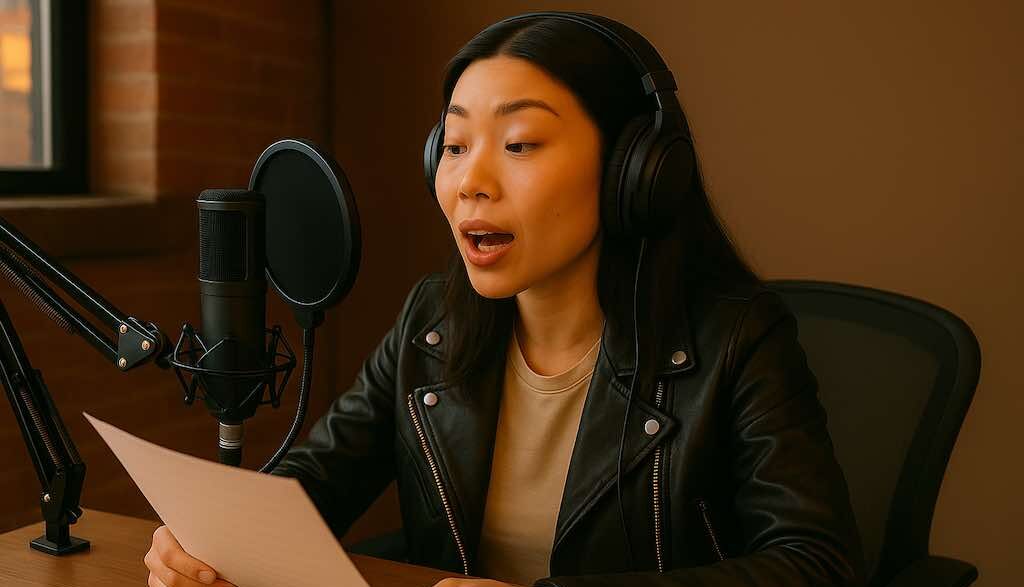Have you ever heard of vocal fry? It is that typical crackly voice that is popular in some circles. Singers and voice overs also use it. Where does vocal fry actually come from? Is it something permanent? And is it harmful to the voice? In this blog, we dive deep into the throat, looking for the how and why behind the phenomenon of vocal fry.
Voice register
The human voice has different levels. From soft and whispering through to loud and shouting. We all have a natural voice, with the biological male voice sounding lower than the female voice. If you sometimes put on crazy voices or sing along with the radio, you know that you yourself can bend your voice to sound higher or lower.
Low and crackling
Our vocal sound is created by vibrating the vocal cords located in the larynx. When you let less air pass through your vocal cords, they touch together more than normal, which creates a crackling sound. We call this low and crackly sound vocal fry. It probably got that name because the vocal sound resembles frying or deep-frying. So much for the technical side of vocal fry. But how did it originate?
Reliable
Why would boys and girls, men and women, pop stars and voice overs talk in a vocal fry voice? There has been a lot of research into this. One explanation is that someone who speaks in a low voice is seen as trustworthy and knowledgeable. For men, of course, this is easier than for women. But women who are aiming for a successful career also use it. You may have seen the documentary The Dropout about Silicon Valley businesswoman Elizabeth Holmes and her ‘hot air’ company Theranos. She very deliberately practised a lower voice to make it easier to convince investors.
Sexy
Vocal fry also seems to be a trend among American girls aged 18 to 25. Perhaps they are copying stars like Kim Kardashian and Britney Spears. Two media icons known for their low, sexy voices. One survey shows that over 60% of young girls talk in a vocal fry voice. A serious trend, then. And in certain circles vocal fry is simply a prerequisite for belonging, just like wearing the right clothes and going to the right parties.
The question is, however, whether this works in your favour in all cases. A young, ambitious woman who speaks in a vocal fry voice during her job application might be seen as posturing and not serious by an older HR manager.
Voice recordings
When something is as popular in modern culture as vocal fry, it irrevocably finds commercial applications. Brands that want to sound relaxed, streetwise and sexy therefore opt for a voiceover with a vocal fry voice.
Many voice overs and voice actors therefore see vocal fry as one of the tools in their toolbox. A register they can pull open if required. The condition is that it must sound natural and not forced because when a brand sounds like a boomer, it comes back like a boomerang.
A voice over that speaks with vocal fry is usually a bit harder to understand. The low and crackly voice is more easily lost in background noise, sound effects and music. This is something to bear in mind when considering surfing the vocal fry wave.
If you want to impart a casual or bored character to a personality, vocal fry can help convey this to your listeners. But also consider that part of your target audience might be annoyed by this type of voice.
Dangerous?
Opinions differ on whether vocal fry is dangerous for your voice. Some studies believe that it is not too bad, while others point to permanent damage. Someone who has spoken with vocal fry for a while should learn to speak normally again with the help of a speech therapist or voice coach, some experts think.
Raw or roasted?
So vocal fry is one of the many characteristics of a voice. If you think it appeals to your target audience or fits well for a particular role, you can use vocal fry just fine. It is, in fact, a strategic choice. But beware of forcibly following a fashion trend. Because it can also backfire. Just like with any trend really.




